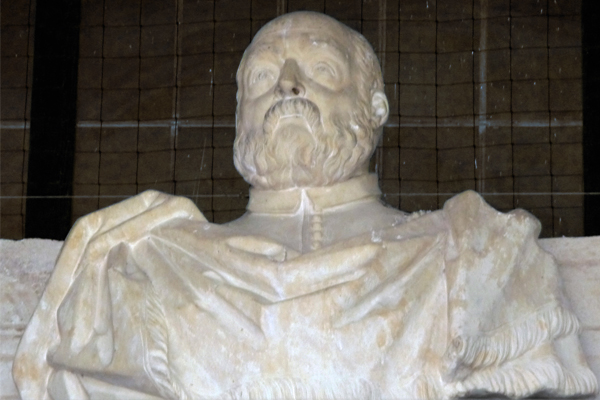Bartolomeo Ridolfi
Very little is known about the life of Bartolomeo Ridolfi: most of the information on his work as a sculptor, stucco decorator and medallist is given by Giorgio Vasari in his “Vite”. We know that Bartolomeo Ridolfi belonged to a family of Bagnolo di Nogarole (who moved to Verona), but the date and place of his birth are still unknown. He completed his apprenticeship in Falconetto’s workshop between 1530 and 1535, while he worked mostly in the area of Vicenza between 1550 and 1560 (see the palaces Iseppo Porto, Thiene and Chiericati and Villa Pojana).
His latest works known are dated 1562, year in which he left Italy with his son Ottaviano in order to work for the King of Poland. He most likely died before 1570 during his stay in Poland, of which there are no traces left.

Despite being an anti-Classical artist, he often collaborated with architects such as Sanmicheli and Andrea Palladio (Villa Pojana and Palazzo Thiene in Vicenza), making stucco decorations, peculiar fireplaces characterised by a grotesque taste and portraits such as the bust representing Bonifacio Pojana (see image above).

